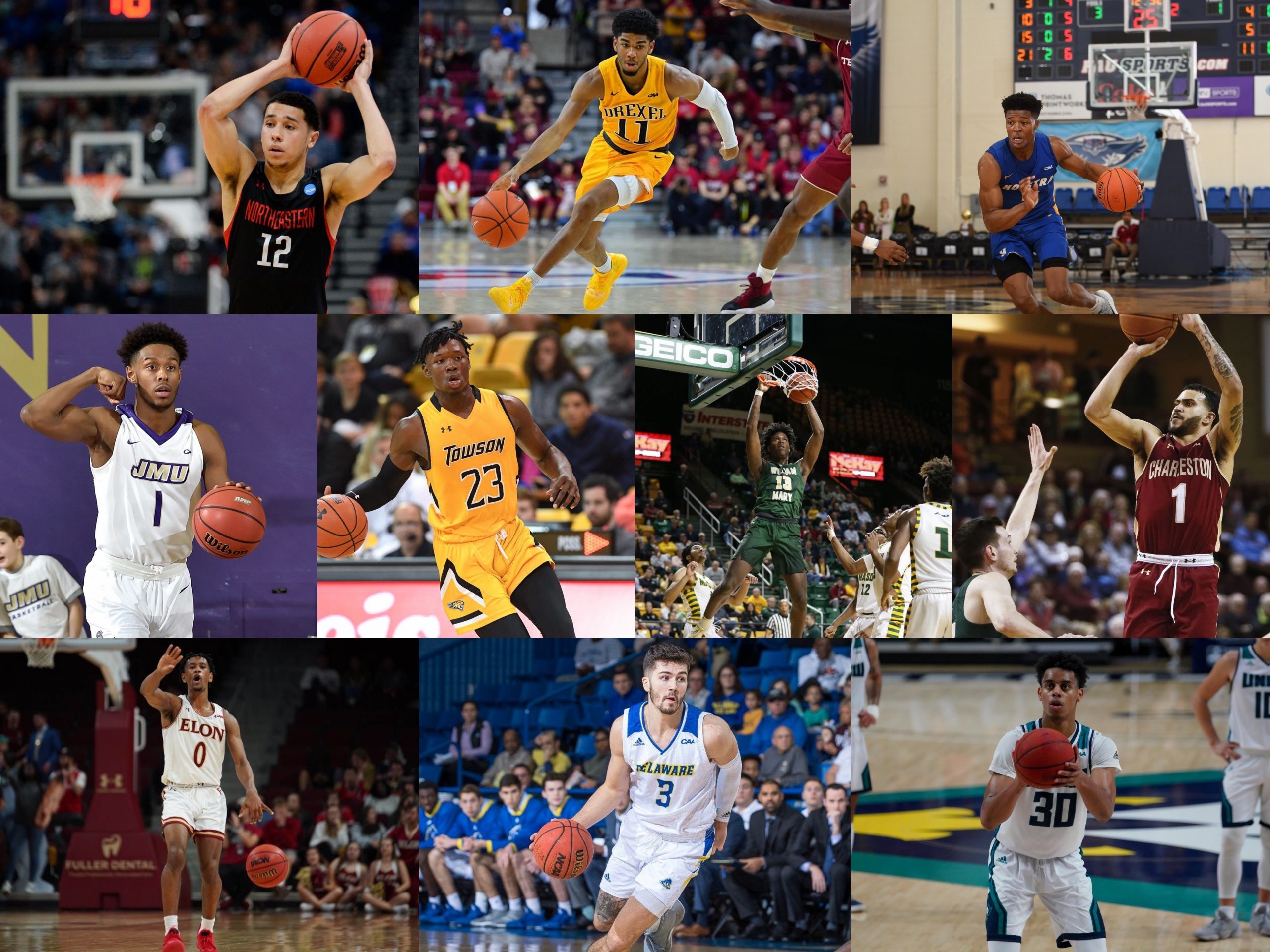2020–21 CAA Preview: Delaware Blue Hens
Last season: 22–11 (11–7, fifth place CAA), lost to Hofstra in CAA Semifinal Head coach: Martin Inglesby (fifth season) Preseason Poll Projected Finish: Second Departures — ppg/rpg/apg (fg% / 3fg% / ft%) G Nate Darling — 21/4/3 (45/40/85) F Jacob Cushing — 3/1/0 (44/34/X) F Justyn Mutts — 12/8/2 (54/11/74) F Collin Goss — 6/4/1…


